Industry: An Origin Story
- April 24, 2023
- By Josh Watterud
This is the second blog in a series of 3

We are all aware of the devices and gadgets we use on a daily basis. They are everywhere. If one of them breaks, we can easily go to a store just a matter of minutes away from our house and pick up a replacement. How often do we find ourselves thinking about where all of this came from? What was involved in the supply chain from the raw material state to the end user state? Or, as we will look at in this blog, where did all this industry come from? How did it become the great matrix that we see all around us today?
Industrie
To begin to understand all of these things, we need to dive back a little ways into world history. The year is 1925. A significant merger has been underway since the year of ’04 and now it has reached completion. Now, banded together under one roof is all the worlds most successful chemical, pharmaceuticals, and dyestuffs companies. The executives of each company have agreed to form a centralized style of management.
The long German name was shortened to IG Farben. The literal English translation is “Syndicate (community of interests) of Dyestuff-Industry Corporations”. This new merger means that if you need anything from synthetic liquid fuel, or rubber, to hair dye (or anything made with color) or even weed killer, fertilizer, or medicines and stimulants; no matter where you are in the world, your only option likely is to send money to a now famous town in southern Poland called Auschwitz. Here this company would take advantage of slave labor and even use inmates to conduct drug experiments similar to Unit 731.
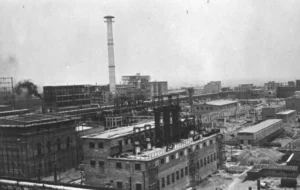
This is the company responsible for the synthetic fuel and rubber necessary for the operation of Ford Motor Company. Nearly every company capable of making it to the level of production and supply we are so accustomed to is a direct result of this one merger. Wait till you find out what companies came out of this chemical concern/ cartel.
The German Industrial Complex
After World War 2 the Allies made a decision. To divide the world’s largest chemical cartel into 4 major companies of industry. First was BASF (Baden Aniline & Soda Factory) LLC. To this day, this company is responsible for up to 75% of the world’s supply of:
- Oil and gas
- Chemicals
- Fertilizers
- Plastics
- Synthetic fibers
- Dyes and pigments
- Potash and salt
- Inks and printing accessories
- Electronic recording accessories
- Cosmetic bases
- Pharmaceuticals
Founded in 1865, BASF was the one of the first dyestuff manufacturers to produce a full range of chemicals from basic materials to finished products.
Another major company to come out of IG Farben is Hoechst Aktiengesellschaft. Founded in 1863, Hoechst was a former German chemical concern which merged with a French chemical concern in 1999. This merge created the pharmaceutical firm Aventis of Sanofi-Aventis. This is the health care firm that provides you with products such as ADACEL, DAPTACEL, Dengvaxia, Flublok, Fluzone, Imovax, Imogam, Menactra, Quadracel, TENIVAC, TUBERSOL, Vaxelis, and many more products known for unending side effects in their comercials.

Merge and Reemerge
The third company to come out of this massive cartel which basically built most of the largest concentration camp in all of World War 2 is Agfa-Gevaert NV. “Agfa” is an abbreviation for Aktiengesellschaft für Anilinfabrikation (gesundheit). “Corporation for Anline Manufacture” in English, was founded as… you guessed it, a dye company in Berlin, 1867. Later the company merged with Gevaert Photo-Producten NV and became a producer of photographic equipment and film, magnetic tape, and photocopying and duplicating machines.
It was during this period that Agfa became a partly owned subsidiary of the fourth company to come out of IG Farben in 1951. And that company is, drum roll please………….. Bayer AG. Yep, THAT Bayer. The company known for the only “harmless” pharmaceutical, Aspirin. Founded by Freidrich Bayer (a chemical salesman) and Johann Weskott who owned a dye company in 1863.
Who is Responsible?
Founded in 1863, 65, and 67 these companies were all chemical and dyestuff companies. They created almost all the goods for the entire earth and funded, supplied, and put demand on the most ruthless regime in recent history. Forced to separate, and yet allowed to produce, these companies are king players in industries once again. Specifically the pharmaceutical and farming industries. In recent years they have been acquiring other smaller, competitor companies. It was the research against humanity that provided the way for these companies to become what they are now.
We, as individual people, chose to make them gods. So, who really won the war?
Thank you for reading. For a list of references used in the writing of this blog, click here.
And one strong angel brought a stone like a great millstone and cast it forcefully into the sea saying,
“Like this, the great city Babylon
will be cast in violence
and it would never again be found…
Because your merchants were the great men of the earth, because all the heathens were deceived by your sourcery (pharmakeia [referring to the use of drugs]),
and in her was found the blood of prophets and of saints and all those who had been slain upon the earth.” ~Revelation 18:21,23,24 (One New Man Bible)
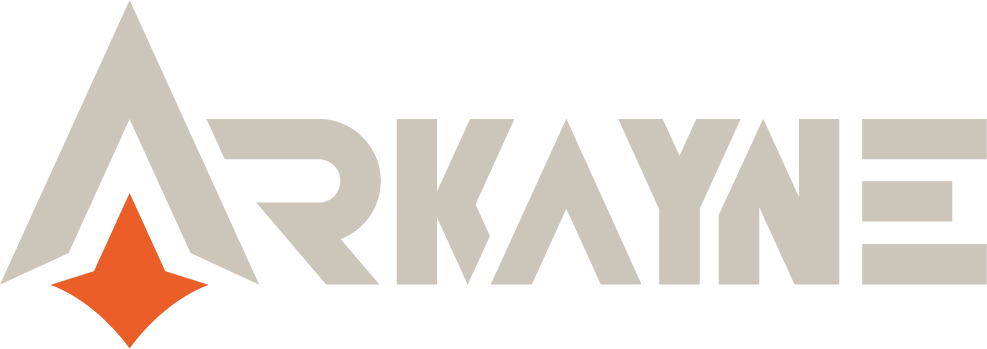
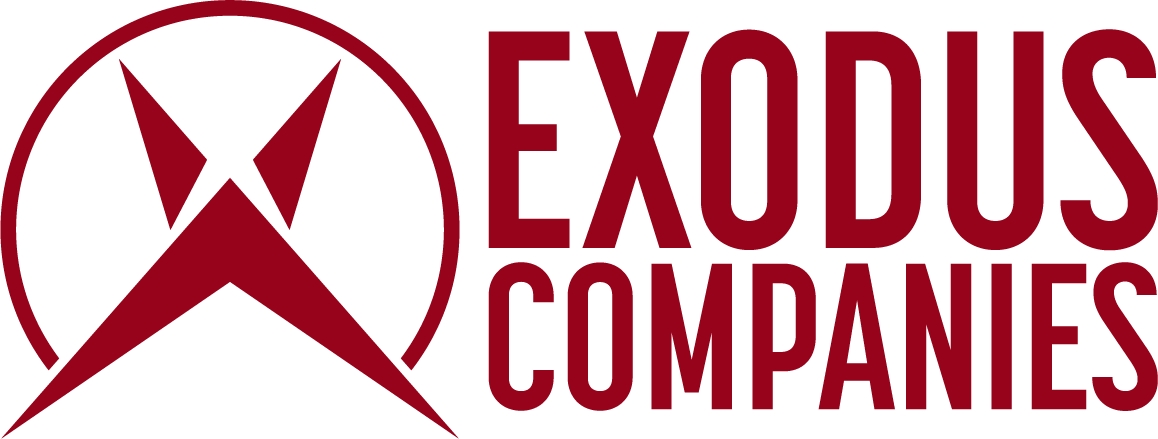
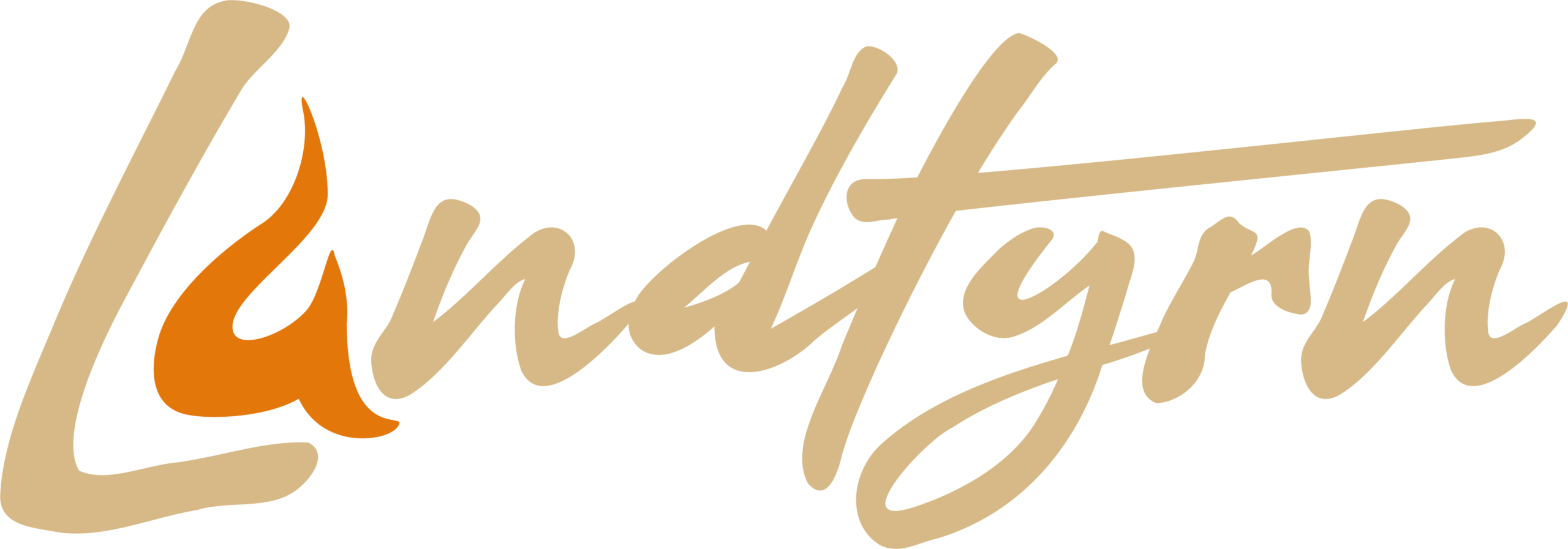



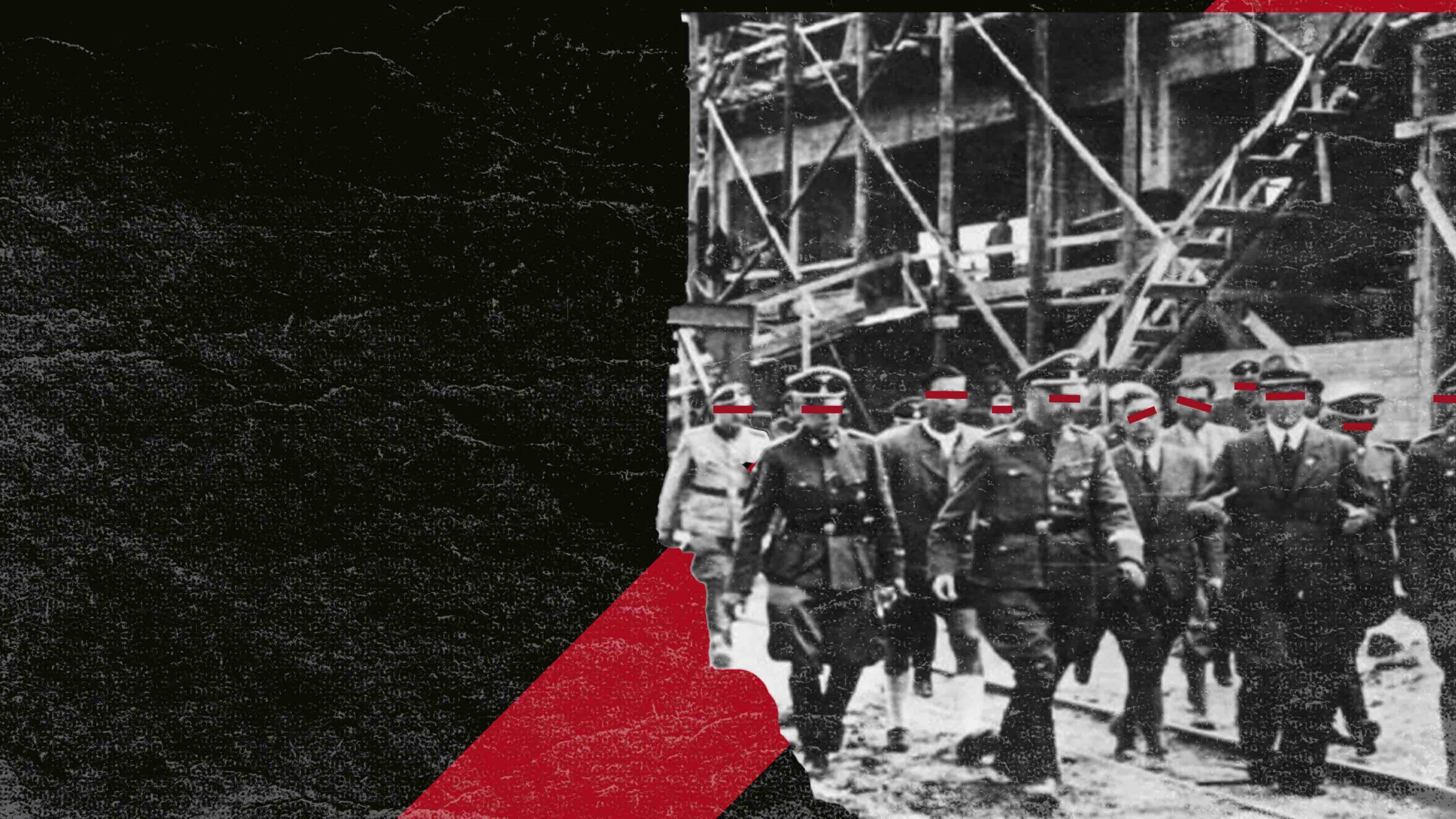

Appreciate your willingness to serve and inform people. God bless.
Thank you for your support! If you have any research to contribute or questions about things you would like to discuss, feel free to leave them in the comments or email us at cs@exoduscompanies.com
Otherwise enjoy our other blogs in this series such as The Night’s Tale or World War 2